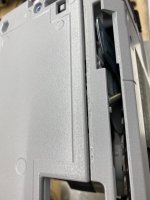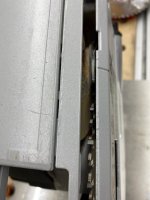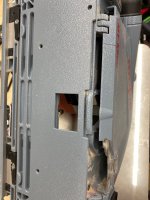Packard
Member
My feeling is that it is strictly cosmetic and does no affect performance, I would ignore it.
On the other hand, I bought a new car once (1986 Camaro Z28) and it arrived with obvious body work. It probably got damaged off-loading from the delivery truck. I refused the car until it was properly repaired.
This was strictly cosmetic also, so perhaps I'm a hypocrite. [big grin]
On the other hand, I bought a new car once (1986 Camaro Z28) and it arrived with obvious body work. It probably got damaged off-loading from the delivery truck. I refused the car until it was properly repaired.
This was strictly cosmetic also, so perhaps I'm a hypocrite. [big grin]




